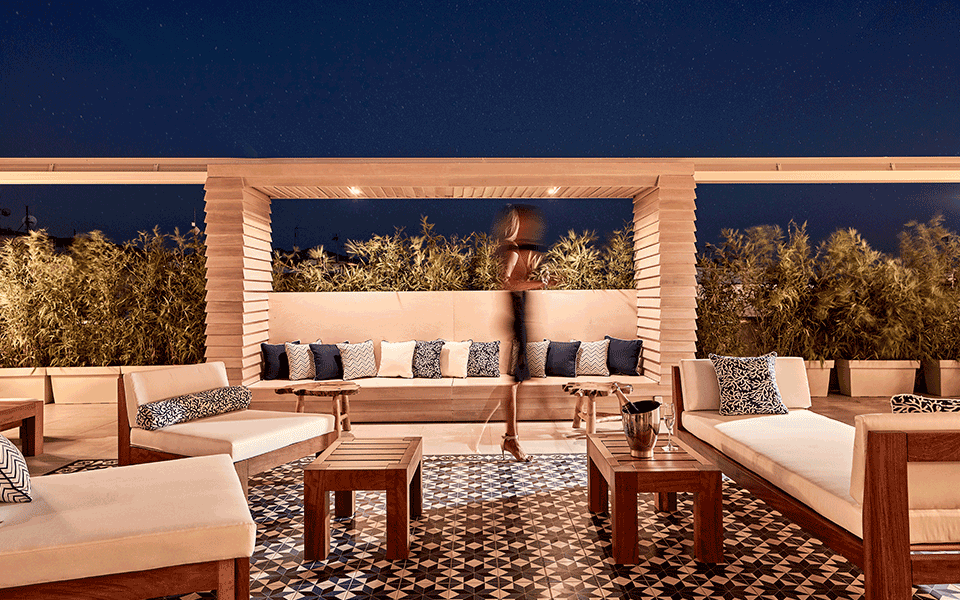Surrounded by small workshops and stylish new cafés, a pair of young tourists standing in the middle of a small street in Ano Ladadika look here and there as they consult a map. As they get their bearings, their eyes come to rest on an impressive blue neoclassical mansion on a corner across the way.
Several months ago this elegant edifice was in ruins, the epitome of a fall from grace. Now renovated, it is a stunning four-star boutique hotel, ideal for travelers seeking a combination of high-end aesthetics and cozy comfort.
The picture-perfect Bahar Boutique Hotel, whose presence has boosted efforts to upgrade this historic downtown area, reflects a new trend in Thessaloniki’s hospitality sector: In recent years, beautiful listed buildings that had been abandoned to the forces of decay have been undergoing radical transformations, shaped into elegant boutique hotels that put the emphasis on modern design and bespoke services.
As the city experiences a tourism rebirth, becoming a destination in its own right, this new generation of city boutique hotels is responding to the needs of discerning visitors who demand elegance, high-caliber services and affordable luxury.
Suitable for solo travelers, young groups and business travelers, this new cluster of Thessaloniki hotels has enriched the hospitality services available in the city, while also rescuing some beautiful buildings that were at risk of being erased from the city’s map, taking with them a piece of its history and enduring attraction.
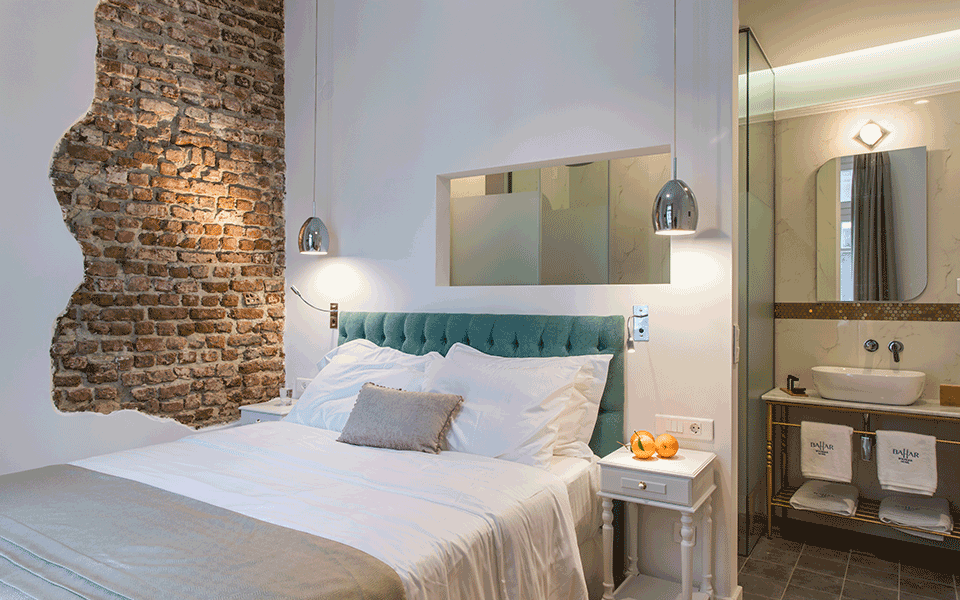
BAHAR BOUTIQUE HOTEL
Bahar Boutique Hotel, dubbed the city’s “blue mansion,” opened its doors in June 2018 in the up-and-coming neighborhood of Ano Ladadika. A welcoming reception, in combination with the entrance’s elegant simplicity, creates an instant sense of graceful familiarity, which is only strengthened by the high-ceilinged and sun-filled rooms.
“We strive to provide tailor-made hospitality services to all our guests, thus creating a warm ambience,” says Theodora Christaki, one of the three daughters of Bahar’s owner. The Christakis family purchased the neoclassical mansion in 2008 after it had fallen into extreme disrepair. This beautiful edifice was built between 1926 and 1931 by Adam Ladenis, a respected merchant, and served as his business’ headquarters.
The exotic aromas coming from the spice shop across the street are a reminder that this area had a thriving spice market in the early 20th century, which gave the hotel its symbol (star anise) and its name, Bahar (the Turkish word for “spice,” and the root of the Greek word, bahariko).
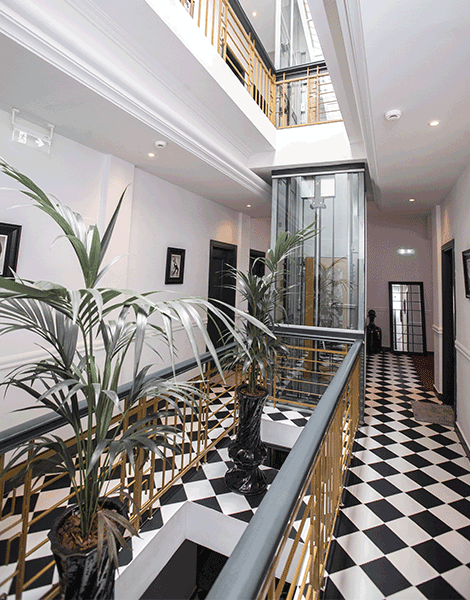
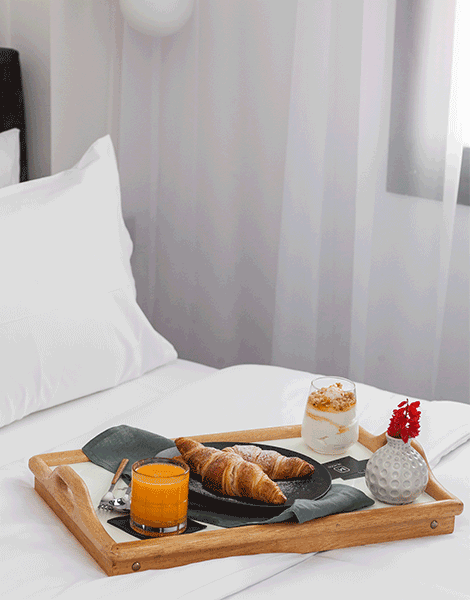
THE MOOD LUXURY ROOMS
A discreet presence just off Emporio Square, Mood Luxury Rooms offers exactly what its name suggests: lots of atmosphere and comfort. Built in 1928, the premises have been home to various businesses over the decades, including a paper factory. Although the exterior is not typically neoclassical, the interior is more than rewarding thanks to a radical makeover, carving out 15 spacious rooms and three two-room suites over the buildings’ three floors.
The entrance is decorated with portraits of world-famous men and women, with notes indicating the “mood” they represent, like Mahatma Gandhi for peace and Winston Churchill for victory. This playful element reflects the hotel’s style of hospitality, which strives to accommodate different moods. “We want our services to cater to the needs of each individual guest,” says sales manager Zoi Golema.
The hotel likes to keep its own mood positive and fresh, something that is achieved from the onset thanks to the atrium which allows natural light to flood in over the red-carpeted and checkerboard floors. The excellent wine bar on the ground floor, which also serves breakfast and brunch, is another major bonus.
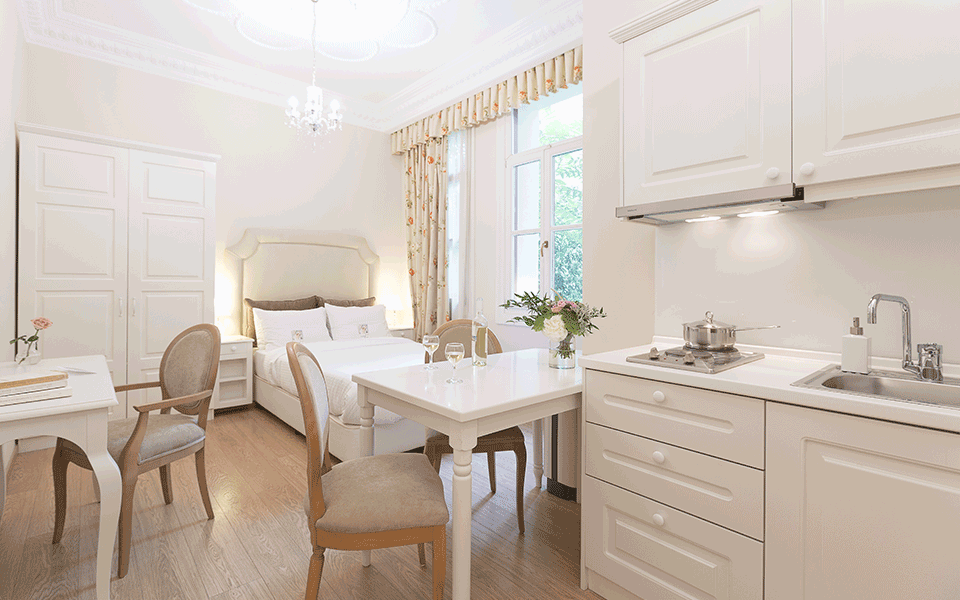
GATTO PERSO LUXURY APARTMENTS
In 1926, a local merchant decided to build a grand home for this three daughters in downtown Thessaloniki. Almost a century later, another father of three girls decided to buy the building and turn it into an elegant hotel.
The interiors have been designed by one of these three daughters, Emilia Koufa, who wanted the 17-room boutique hotel to exude the elegance and balance that the building itself represents. And indeed, Gatto Perso transports guests to the 1930s, with Koufa having managed to replicate many of the buildings original elements: the hand-designed mosaic-tiled floors, the dark red doors and the plaster moldings are all new, but are faithful copies of the originals.
Romantic touches here and there, and a kitchen area in every room give Gatto Perso a snuggle-at-home vibe that’s hard to find at a hotel – which probably explains why it has so many repeat visitors.
“I want our guests to feel that we’re their home in Thessaloniki,” says Koufa.
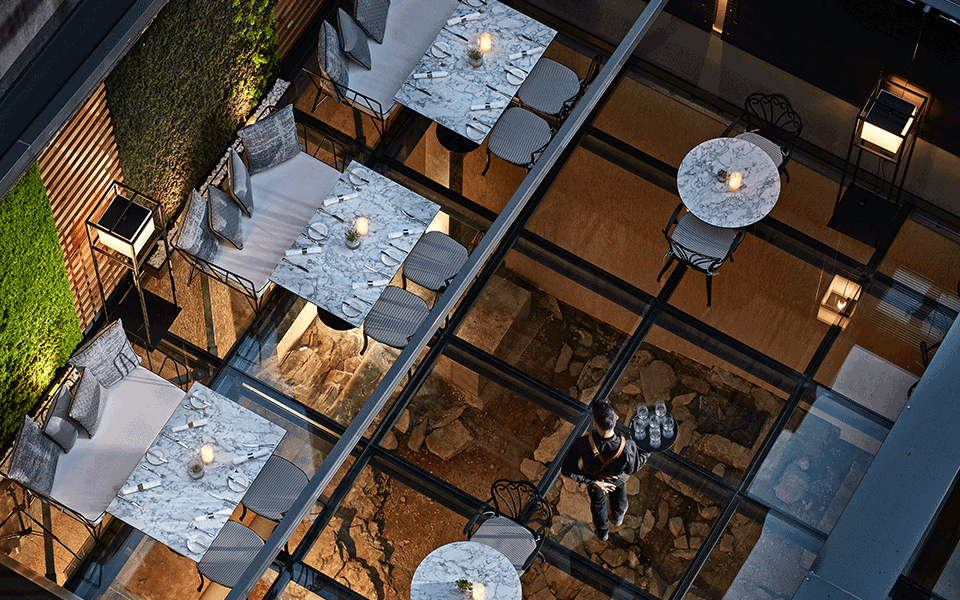
ANTIGON URBAN CHIC
Located above Egnatia Street among hulking apartment and office blocks, Antigon Urban Chic Hotel is a spot of light in the dullness of Antigonidon Street. At Number 15, the boutique hotel, which only opened its doors in late August, is a great option for visitors who enjoy chic modern luxury.
The restoration of the building, which was constructed in 1931 and lay abandoned since 2004, was carried out by architect Mimis Tsitsos with respect for its history, original character and style.
Marble, wood and elegant metal details are the dominant design features in the hotel’s 38 rooms and other areas, while its success lies in this very attention to the small things: like a piece of succulent honeycomb on the table at breakfast, and the glass floor in the bistro under the atrium that allows diners to see sections of the street dating back to Roman times that were uncovered during the building’s restoration.
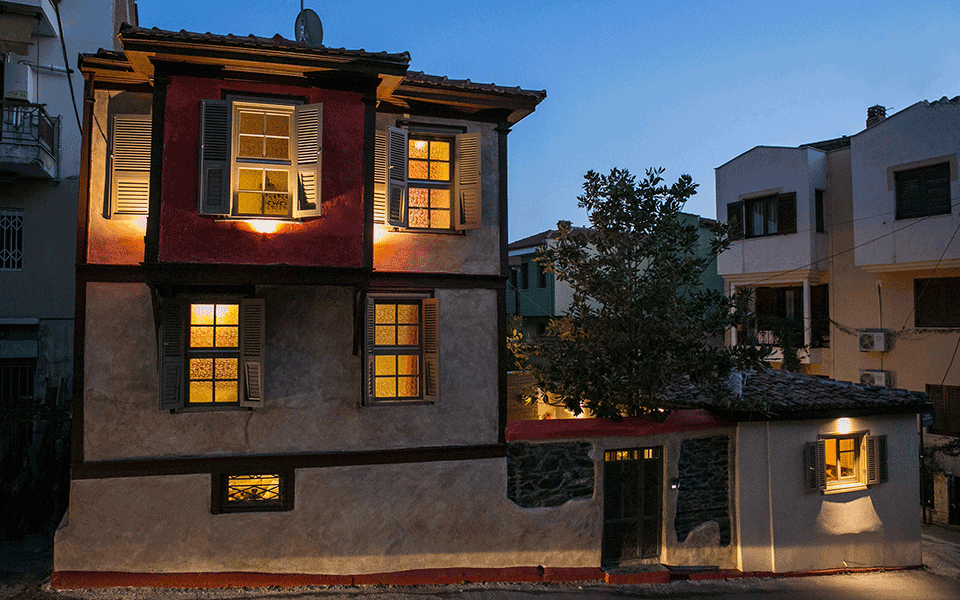
CLASSIC VILLAS
The listed building on Moreas Street in Ano Poli would probably have gone the same way as so many others that have fallen into ruin had it not caught the eye of Stelios Binopoulos, an engineer who specializes in giving historic buildings in the city new life as elegant villas.
After a radical makeover, the 1882 Ottoman residence has been transformed into the impressive Villa Ottoman, which can host up to nine people in its four bedrooms. The architectural design draws attention to the building’s history and character by highlighting its stone and wood elements. The old-world look is topped off with antiques and old pieces of furniture, as well as by the warm colors of the drapery and upholstery.
“The important thing is for the villa to provide the kind of privacy most guests desire,” says Binopoulos, who sees the villa as the perfect choice for larger groups of friends and family. Villa Ottoman welcomed its first guests in 2016. Before that, Binopoulos had also undertaken a similar restoration of another listed building in the Ouziel district: a two-story residence that was built in 1925 according to a design by Jacques Moshe.

